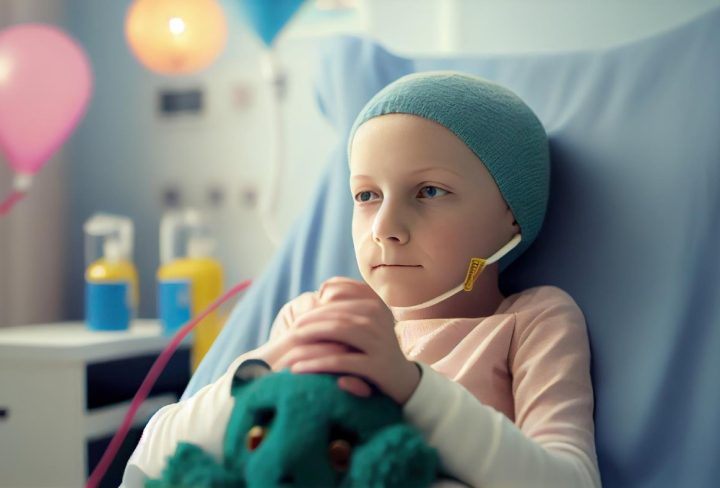Neuroblastoma: a name that strikes fear into the hearts of parents worldwide. It’s a rare and complex pediatric cancer that predominantly targets children under the age of five. Understanding the basics of this condition can be a beacon of hope amid the storm.
The Intricacies of Neuroblastoma
At its core, neuroblastoma originates in the nerve cells during the early stages of development. Typically, it takes root in the adrenal glands, though it can also form in nerve tissue along the spine, chest, abdomen, or pelvis. Its ability to manifest in different locations adds to its complexity.
Symptoms that Whisper
One of the challenges in diagnosing neuroblastoma lies in its diverse symptoms. These can range from abdominal pain and a painless lump under the skin to changes in bowel habits like diarrhea or constipation. The symptoms can be vague and easily mistaken for common childhood issues, making early detection a formidable challenge.
The Importance of Staging
Like any cancer, neuroblastoma has stages that determine the extent of its spread. It can range from localized tumors to metastatic disease that has spread to distant sites. Staging plays a pivotal role in guiding treatment decisions and predicting outcomes.
Causes Still in the Shadows
Despite our advances in medical science, the exact cause of neuroblastoma remains elusive. While genetic factors do play a role in some cases, it’s a complex interplay that we’re only beginning to unravel. Nevertheless, early detection remains our best defense.
The Arsenal of Treatment
Treatment options for neuroblastoma are as varied as its symptoms. Surgery is often the first step, aiming to remove as much of the tumor as possible. It’s frequently followed by chemotherapy, radiation therapy, stem cell transplant, targeted therapy, and immunotherapy. The combination of these approaches is often the key to success.
Survival and Hope
The outlook for neuroblastoma patients varies widely based on factors such as age, stage, and genetic characteristics. Timely diagnosis and advanced treatments have significantly improved survival rates. While the journey is challenging, there is hope for a brighter future.
In Conclusion
Neuroblastoma is indeed a formidable adversary, but with advancements in research and medical technology, the battle against it grows stronger every day. Families facing this diagnosis should know that they are not alone and a team of dedicated pediatric oncologists is there to offer support, guidance, and the best possible care for their children.
SEO Keywords
- Neuroblastoma
- Pediatric cancer
- Childhood cancer
- Neuroblastoma treatment
- Neuroblastoma symptoms
- Neuroblastoma staging
- Neuroblastoma causes
- Survival rates
- Support for neuroblastoma
- Pediatric oncology


